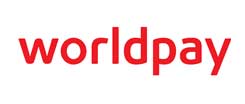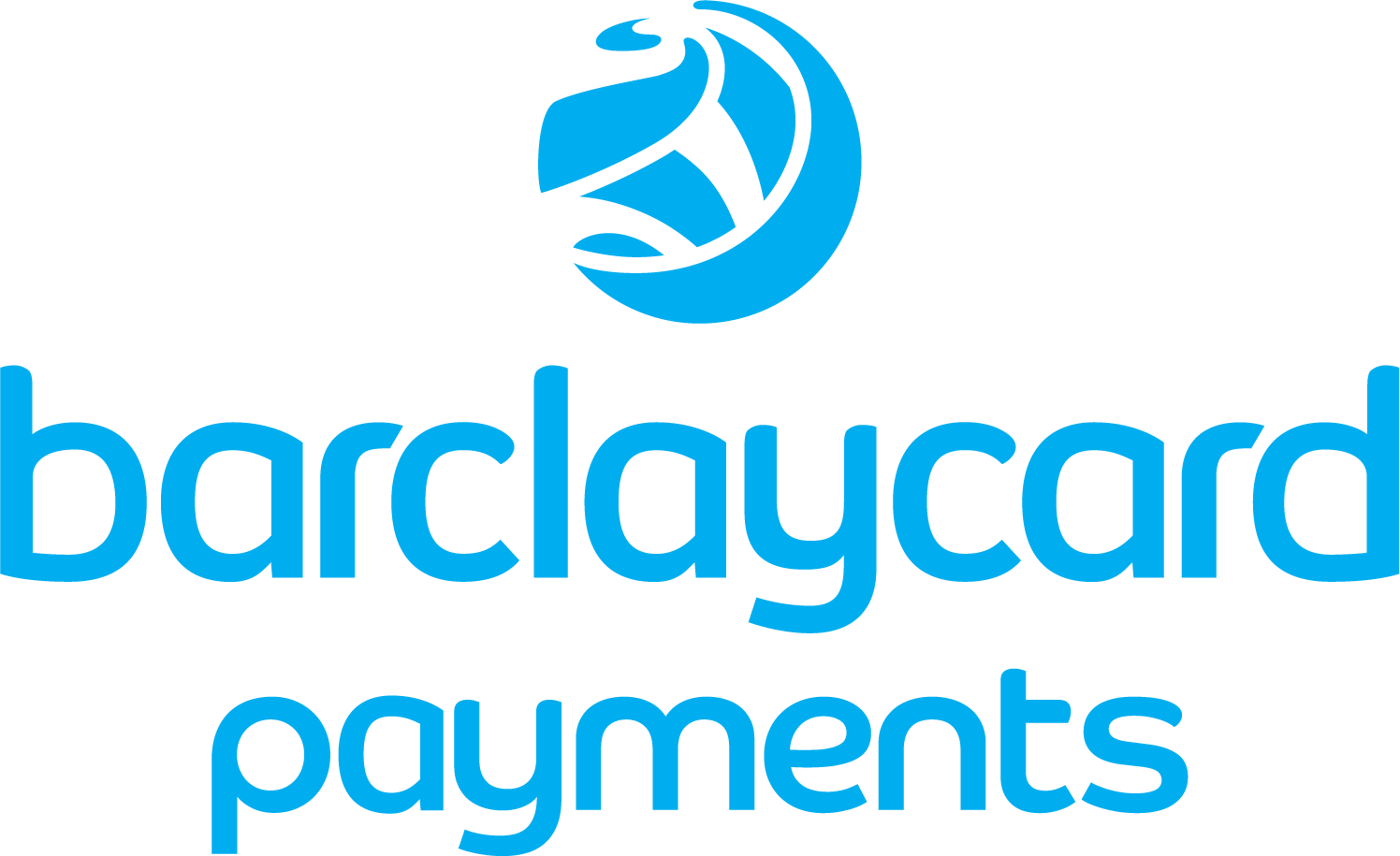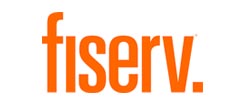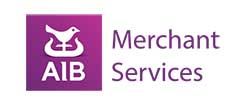- Accept card payments – lowest rates from 0.27%
- Keep your card processing fees to a minimum
- Direct access to the UK’s leading card processing banks
- We ensure your rates always remain competitive
No spam emails or calls
Choose from the payment methods then click Next
What's your turnover each month?
Enter the name of your company
Enter your company's postcode and contact number






PAYG Card Payment Facilities
PAYG Card Payment Facilities
In today’s fast-paced, cashless society, businesses of all sizes need reliable and flexible ways to accept card payments. For small businesses, freelancers, and mobile vendors, traditional payment processing systems can be cumbersome, expensive, and inflexible, especially when it comes to transaction processing. This is where PAYG (Pay As You Go) card payment facilities come into play. These modern solutions, offered by providers like PayStars, are transforming the way businesses process card payments, offering a cost-effective, scalable, and user-friendly alternative to traditional merchant services.
What Are PAYG Card Payment Facilities?
PAYG card payment facilities are a type of payment system that allows businesses to accept payments without the need for long-term contracts or dedicated merchant accounts. Instead, businesses pay a small fee per transaction, making it an ideal solution for those with fluctuating sales volumes or limited budgets. These facilities are often provided by Mobile Point of Sale (mPOS) providers or Payment Facilitators (PayFacs), which simplify the process of accepting credit or debit card payments.
Mobile Point of Sale (mPOS) Providers
mPOS providers have revolutionized payment technology by enabling businesses to turn their smartphones or tablets into card payment terminals. This is achieved through the use of portable card readers and an accompanying app. The mobility of these systems is a game-changer for mobile businesses, such as food trucks, market traders, and pop-up shops, as well as service-based professionals like plumbers, electricians, and personal trainers.
With an mPOS system, businesses can process card payments anywhere, whether in-store, at events, or on the go. This flexibility not only enhances the customer experience but also ensures that businesses never risk losing a sale due to the inability to accept card payments. Additionally, mPOS systems often support contactless payments, Google Pay, and Apple Pay, catering to the growing demand for mobile payments.

Both mPOS providers and PayFacs are significant in that they lower the barrier to entry for businesses looking to accept card payments. By offering PAYG options, they cater to a market segment that traditional banks and merchant account providers may overlook. This approach not only benefits small and emerging businesses but also contributes to the overall growth of electronic payments, encouraging a move away from cash transactions.
In summary, mPOS providers and Payment Facilitators play a crucial role in the modern payment processing landscape. Their focus on mobility, ease of use, and flexible payment options makes them ideal for a wide range of businesses, promoting financial inclusivity and innovation in the way payments are accepted and processed.
Payment Processing Facilitators (PayFacs)
Payment Facilitators, or PayFacs, offer another innovative approach to payment processing. Unlike traditional models that require businesses to set up a merchant account with a bank, PayFacs provide a shared, aggregated account that simplifies the process. This means businesses can start accepting payments quickly, without the need for extensive paperwork or lengthy approval processes.
PayFacs handle the complexities of payment processing, including compliance with PCI-compliant standards, underwriting, and risk management. This makes them an attractive option for small businesses and medium-sized businesses that want to focus on their core operations rather than navigating the intricacies of merchant services.
How to Process Card Payments
Processing card payments involves several steps that ensure a secure and efficient transaction. Here’s a step-by-step guide on how to process card payments:
- Obtain a Merchant Account: To process card payments, you need a merchant account from a payment processor or a bank. This account allows you to accept card payments and transfer funds to your business bank account.
- Choose a Payment Gateway: A payment gateway is a platform that connects your website or mobile app to the payment processor. It securely transmits transaction data and verifies the cardholder’s information.
- Set Up a Payment Terminal: If you’re using a physical payment terminal, set it up according to the manufacturer’s instructions. Ensure it’s connected to your payment gateway and merchant account.
- Enter Transaction Details: Enter the transaction amount, card number, expiration date, and security code into the payment terminal or payment gateway.
- Verify the Cardholder’s Information: The payment gateway verifies the cardholder’s information with the issuing bank to ensure the card is valid and has sufficient funds.
- Authorize the Transaction: If the verification is successful, the payment gateway sends an authorization request to the issuing bank. The bank then responds with an authorization code, which confirms the transaction.
- Capture the Payment: Once the transaction is authorized, the payment gateway captures the payment and transfers the funds to your merchant account.
- Settle the Transaction: The payment processor settles the transaction by transferring the funds from the cardholder’s account to your merchant account.
By following these steps, businesses can ensure a smooth and secure process for accepting card payments.
Card Payment Devices and Fees
Card payment devices come in various forms, including countertop terminals, mobile card readers, and online payment gateways. Each device has its own set of fees, which can vary depending on the payment processor and merchant account provider. Here are some common fees associated with card payment devices:
- Transaction Fees: A percentage of the transaction amount, typically ranging from 1.5% to 3.5%.
- Monthly Fees: A fixed fee charged by the payment processor or merchant account provider, usually ranging from £10 to £50.
- Setup Fees: A one-time fee charged by the payment processor or merchant account provider, usually ranging from £50 to £200.
- Card Machine Rental Fees: A monthly fee charged for renting a card machine, usually ranging from £10 to £30.
Understanding these fees can help businesses choose the most cost-effective card payment devices for their needs.
Benefits of PAYG Card Payment Facilities
The rise of PAYG card payment facilities has been driven by the numerous benefits they offer to businesses of all sizes as part of a robust payment infrastructure. Here are some of the key advantages:
1. Cost-Effective Solution
Traditional payment processing systems often come with high upfront costs, including terminal rental, monthly fees, and additional fees for setup and maintenance. In contrast, PAYG facilities typically operate on a pay-as-you-go model, where businesses only pay a small transaction fee for each sale, significantly reducing transaction costs. This makes it a cost-effective option for businesses with limited budgets or those just starting out.
2. Flexibility and Scalability
PAYG card payment facilities offer significant payment flexibility, allowing businesses to scale their payment options as they grow. Whether you’re a small business processing a handful of transactions per month or a medium-sized business handling hundreds of sales, these systems can adapt to your needs. This scalability is particularly beneficial for seasonal businesses or those with fluctuating sales volumes.
3. Enhanced Customer Experience
In today’s digital age, customer satisfaction is paramount as customers expect convenience and flexibility when making purchases. By offering multiple payment options, including credit card payments, debit card payments, contactless payments, and mobile payments, businesses can cater to a wider audience and improve the overall customer experience.
4. No Long-Term Contracts
One of the most appealing aspects of PAYG facilities is the contract flexibility, with the absence of long-term contracts. Businesses can start and stop using the service as needed, without being locked into expensive agreements. This is particularly advantageous for pop-up shops, event vendors, and other temporary businesses.
5. Improved Cash Flow
By enabling businesses to accept card payments, PAYG facilities aid in cash flow management and help reduce reliance on cash payments. This not only minimizes the risks associated with handling cash but also ensures faster access to funds, improving overall business performance.
Key Features to Look for in a PAYG Card Payment Provider
When choosing a card payment provider, it’s important to consider the payment options, features, and services that best meet your business needs. Here are some key factors to look for:
1. Flat Rate Transaction Fees
Some providers offer a flat rate fee structure for transaction fees, which can simplify budgeting and make it easier to predict costs. This is particularly beneficial for small businesses with tight profit margins.
2. Wi-Fi and App-Based Solutions
For businesses that operate on the go, mobile payment solutions, Wi-Fi connectivity, and app-based solutions are essential. These features ensure that payments can be processed seamlessly, even in remote locations.
3. PCI-Compliant Security
Data security is a top priority when it comes to payment processing. Ensure that your provider is PCI-compliant and offers robust security measures to protect sensitive customer data.
4. Support for Multiple Payment Options
A good card payment provider should support a wide range of payment methods, including credit card, debit card, contactless payments, Google Pay, and Apple Pay. This ensures that you can cater to all your customers’ preferences.
5. Transparent Fee Structures
Look for providers with clear cost transparency and transparent fee structures, free from hidden additional fees. This will help you avoid unexpected costs and make informed decisions about your payment processing needs.
International Transactions and Accounting Software Integration
Processing international transactions requires additional considerations, such as currency conversion and exchange rates. Here are some key points to consider:
- Currency Support: Ensure that your payment processor and merchant account provider support the currencies you need to process.
- Exchange Rates: Understand the exchange rates used by your payment processor and merchant account provider, as well as any associated fees.
- Transaction Fees: International transactions may incur higher transaction fees, so it’s essential to understand these fees and how they’ll impact your business.
Integrating your card payment facility with accounting software can streamline your bookkeeping and provide real-time insights into your cash flow. Here are some popular accounting software options:
- QuickBooks: A cloud-based accounting software that integrates with various payment processors and merchant account providers.
- Xero: A cloud-based accounting software that integrates with various payment processors and merchant account providers.
- Sage: A cloud-based accounting software that integrates with various payment processors and merchant account providers.
By integrating your card payment facility with accounting software, you can simplify your financial management and gain better control over your business finances.
How PAYG Card Payment Facilities Benefit Different Types of Businesses
Small Businesses
For small businesses, PAYG card payment facilities offer a low-cost, flexible solution for accepting payments. These small business solutions are ideal whether you run a café, a retail store, or a service-based business, helping you improve cash flow and enhance the customer experience.
Mobile Businesses
Mobile businesses, such as food trucks, market traders, and delivery services, benefit greatly from mobile business solutions and the portability of mPOS systems. With a card machine that connects to your smartphone or tablet, you can process card your business takes you.
E-Commerce Platforms
While PAYG facilities are often associated with in-person transactions, many providers also offer solutions for e-commerce platforms. This allows online businesses to accept payments securely and efficiently, without the need for a traditional merchant account.
Pop-Up Shops and Event Vendors
For temporary businesses like pop-up shops and event vendors, event payment solutions provide a hassle-free way to take card payments. With no long-term contracts and low upfront costs, these systems are ideal for short-term use.
Choosing the Right Card Payment Facility
Choosing the right card payment facility depends on several factors, including your business size, transaction volume, and customer preferences. Here are some key considerations:
- Transaction Fees: Compare transaction fees among different payment processors and merchant account providers to find the best option for your business.
- Monthly Fees: Consider the monthly fees charged by payment processors and merchant account providers, as well as any setup fees.
- Card Machine Rental Fees: If you need a card machine, consider the rental fees and whether it’s more cost-effective to buy or rent.
- Payment Gateway Integration: Ensure that the payment gateway integrates with your website or mobile app, as well as your accounting software.
- Security and Compliance: Ensure that the payment processor and merchant account provider meet industry standards for security and compliance, such as PCI-DSS.
By considering these factors, you can choose a card payment facility that best meets your business needs and provides a secure and efficient way to process card payments.
Getting Started with a Card Payment Facility
Getting started with a card payment facility involves several steps, including:
- Researching Payment Processors and Merchant Account Providers: Compare fees, features, and services among different payment processors and merchant account providers.
- Choosing a Payment Gateway: Select a payment gateway that integrates with your website or mobile app, as well as your accounting software.
- Setting Up a Merchant Account: Apply for a merchant account with your chosen payment processor or merchant account provider.
- Configuring Your Payment Terminal: Set up your payment terminal according to the manufacturer’s instructions and connect it to your payment gateway and merchant account.
- Testing Your Payment Facility: Test your payment facility to ensure it’s working correctly and securely.
By following these steps, you can get started with a card payment facility that meets your business needs and provides a secure and efficient way to process card payments.
The Future of PAYG Card Payment Facilities
As technology continues to evolve, payment innovation is shaping the future of PAYG card payment facilities. The growing popularity of mobile payments, contactless payments, and app-based solutions is driving demand for more flexible and innovative payment systems.
In addition, advancements in POS systems and payment gateways are making it easier than ever for businesses to accept payments securely and efficiently. With the rise of Google Pay, Apple Pay, and other mobile payment options, businesses that fail to adapt risk losing out on valuable sales.
PAYG card payment facilities, offered by providers like PayStars, are revolutionizing the way businesses process card payments. These payment solutions, with their low upfront costs, flexible contract terms, and support for multiple payment options, are an ideal solution for small businesses, mobile businesses, and medium-sized businesses alike.
By choosing a reliable card payment provider with transparent fee structures, robust security measures, and a wide range of features, businesses can enhance their customer experience, improve cash flow, and boost overall business performance. In a world where customers increasingly prefer to pay with their credit or debit card rather than carry cash, investing in a PAYG card payment facility is a smart move for any business looking to stay competitive.
Whether you’re running a pop-up shop, an e-commerce platform, or a traditional in-store business, PAYG card payment facilities offer a cost-effective, scalable, and user-friendly solution for all your payment processing needs. Don’t let outdated systems hold you back—embrace the future of payments with PAYG card payment facilities today.